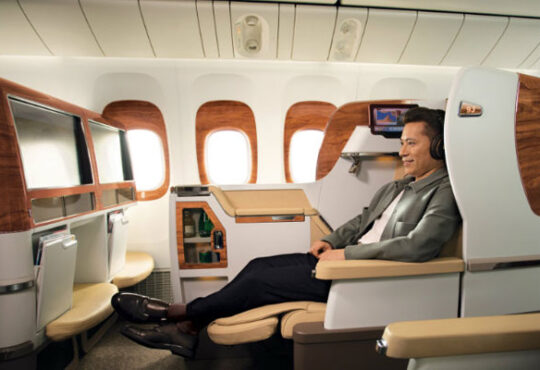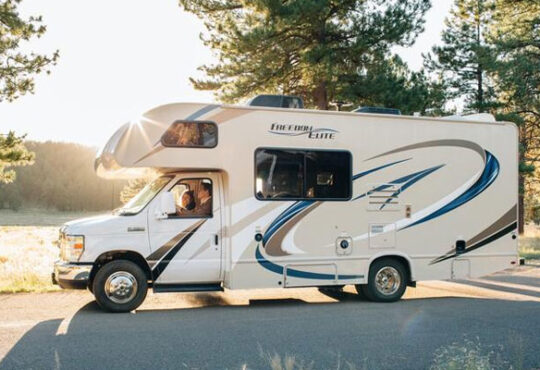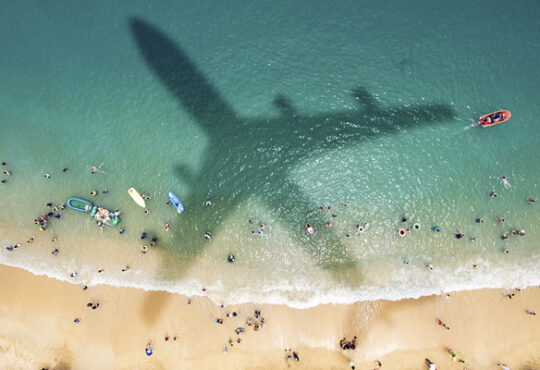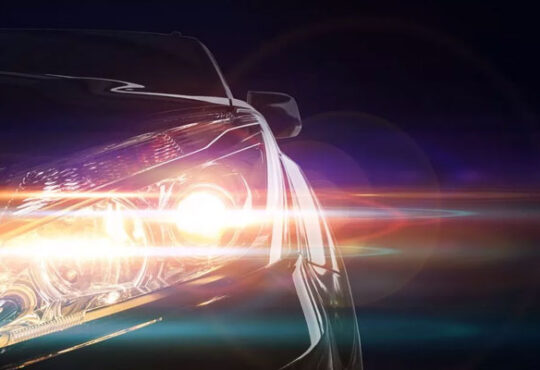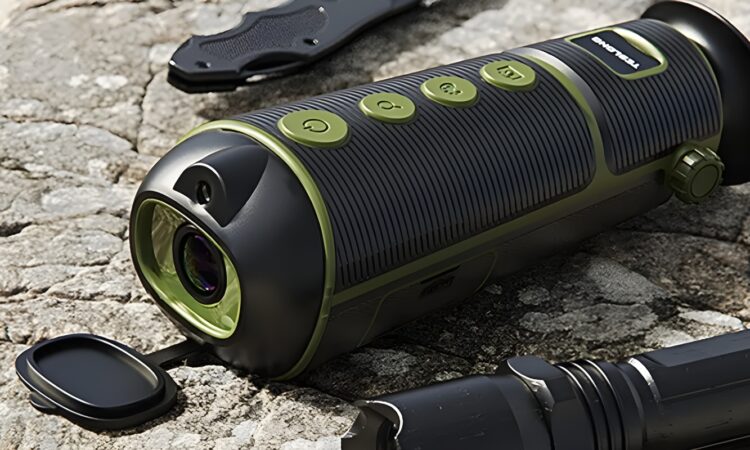
You might have heard of thermal monoculars if you are an outdoor enthusiast. These devices use infrared technology to detect heat signatures from objects and display them as images on a screen. Thermal monoculars can help you see in the dark, through fog, smoke, or dust, and even through camouflage or foliage. They can also help you identify and track animals, people, or other objects in various terrains and situations.
But what are the advantages of using a thermal monocular for outdoor activities? How can it enhance your experience and enjoyment of nature, adventure, or sport? And what are the features and factors that you should consider before buying a thermal monocular?
In this blog post, we will explore the advantages of using a thermal monocular for outdoor enthusiasts based on our experience and research. We will cover the following topics:
• What are the types and categories of thermal monoculars?
• Why do you need a thermal monocular, and how can it benefit you?
• How do you choose the best thermal monocular for your needs and preferences?
• Where can you buy a thermal monocular online?
By the end of this post, you will have a clear idea of what a thermal monocular is, how it can help you, and which one to buy. So, let’s get started!
What are the Types and Categories of Thermal Monoculars?
A thermal monocular device uses infrared technology to detect heat signatures from objects and display them as images on a screen. It consists of three main components: a lens, a sensor, and a display. The lens collects the infrared radiation from the scene, the sensor converts it into electrical signals, and the display shows the image on a screen.
Thermal monoculars can be divided into two main types: digital and analog.
Digital thermal monoculars use a microbolometer as the sensor, a tiny device that changes its resistance according to the temperature. The electrical signals from the microbolometer are processed by a computer chip and displayed on a digital screen, such as an LCD or OLED. Digital thermal monoculars offer higher resolution, better image quality, and more features than analog thermal monoculars, but they are also more expensive and consume more power.
Analog thermal monoculars use a thermopile as the sensor, which is a device that generates a voltage according to the temperature. The electrical signals from the thermopile are amplified and displayed on an analog screen, such as a CRT or a phosphor. Analog thermal monoculars are cheaper, lighter, and more durable than digital ones, but they have lower resolution, poorer image quality, and fewer features.
Thermal monoculars can also be categorized into groups based on their purpose and function. Some of the most common categories of thermal monoculars are:
• Hunting: These thermal monoculars are designed for hunting and wildlife observation. They can help hunters locate and identify game animals in various conditions and environments, such as deer, hogs, or coyotes. They can also help hunters avoid unwanted encounters with predators, such as bears, wolves, or cougars. Hunting thermal monoculars usually have high magnification, long detection range, and various color modes, such as white hot, black hot, or red hot.
• Security: These thermal monoculars are designed for security and surveillance applications. They can help security personnel detect and monitor intruders, suspects, or threats in dark or low-visibility situations. They can also help security personnel identify and verify objects like weapons, vehicles, or packages. Security thermal monoculars usually have low magnification, wide field of view, and video recording capabilities.
• Outdoor: These are thermal monoculars that are designed for outdoor activities, such as camping, hiking, or exploring. They can help outdoor enthusiasts navigate and enjoy nature in the dark through fog, smoke, dust, and camouflage or foliage. They can also help outdoor enthusiasts observe and appreciate wildlife like birds, reptiles, or insects. Outdoor thermal monoculars usually have medium magnification, medium detection range, and various image enhancement features, such as contrast, brightness, or zoom. If you’re interested, you can find Mileseey Coupon Codes to make your purchase even more affordable.
Why do you need a Thermal Monocular, and How Can it Benefit you?
You might need a thermal monocular if you are an outdoor enthusiast who wants to experience and enjoy nature in a new and exciting way. A thermal monocular can provide you with many benefits, such as:
• Night Vision: A thermal monocular can help you see in the dark, opening up a whole new world of possibilities and opportunities for outdoor activities. You can explore the nocturnal life of animals, plants, and stars or experience the thrill and challenge of night hunting, camping, or hiking. You can also avoid the dangers and hazards of the dark, such as tripping, falling, or getting lost.
• Visibility: A thermal monocular can help you see through fog, smoke, or dust, improving your visibility and safety in adverse weather conditions. You can also see through camouflage or foliage, which can help you spot and identify hidden or elusive objects, such as animals, people, or vehicles. You can also see the heat signatures of objects, which can help you distinguish them from their surroundings, such as a warm body from a cold background.
• Identification: A thermal monocular can help you identify and track objects, such as animals, people, or vehicles, by their heat signatures. You can also recognize and classify objects by shape, size, or movement, such as a deer, a hog, or a coyote. You can also verify and confirm objects by their details, such as antlers, tusks, or tails. You can also measure and estimate the distance and direction of objects, which can help you plan and execute your actions, such as shooting, approaching, or avoiding.
• Fun: A thermal monocular can help you have fun and enjoy your outdoor activities more. You can discover and learn new things about nature, such as the behavior, habits, or patterns of animals, plants, or stars. You can also challenge and test yourself in new and different situations, such as night hunting, camping, or hiking. You can also share and compare your experiences and images with your friends, family, or online community.
How do you Choose the Best Thermal Monocular for your Needs and Preferences?
There are many factors and features that you should consider before buying a thermal monocular, such as:
• Purpose: The most crucial factor to consider is the purpose of the thermal monocular or what you want to use it for. It would help if you chose the thermal monocular that matches your intended use and needs, whether hunting, security, or outdoor. For example, if you want to use it for hunting, you should look for a thermal monocular with high magnification, long detection range, and various color modes. It will help if you are looking for a thermal monocular with low magnification, a broad field view, and video recording capabilities for security. To use it outdoors, you should look for a thermal monocular with medium magnification, medium detection range, and various image enhancement features.
• Type: Another essential factor to consider is the type of the thermal monocular, or whether it is digital or analog. It would help if you chose the thermal monocular that suits your preference and budget, considering the advantages and disadvantages of each type. For example, suppose you prefer a higher resolution, better image quality, and more features. In that case, you should opt for a digital thermal monocular but be prepared to pay more and consume more power. If you prefer a cheaper, lighter, and more durable thermal monocular, you should opt for an analog thermal monocular, but be prepared to compromise on resolution, image quality, and features.
• Size: Another critical factor to consider is the size of the thermal monocular, or how big and heavy it is. It would help if you chose a thermal monocular that fits your hand and pocket and is easy to carry and use. You should also consider the size of the lens, sensor, and display, as they affect the performance and quality of the thermal monocular. For example, a larger lens can collect more infrared radiation, a larger sensor can detect more heat signatures, and a larger display can show more details. However, a larger size also means more weight, bulk, and power consumption, affecting comfort and convenience.
• Battery: Another essential factor to consider is the battery of the thermal monocular, or how long it can last and how easy it is to recharge or replace. It would help to choose the thermal monocular with a long battery life and low power consumption to ensure it will not run out of juice when needed. It would help if you chose the thermal monocular with a roof or replaceable battery to avoid the hassle and cost of buying new batteries. You should also check the battery indicator and the low battery warning to ensure you can monitor and manage the battery level of your thermal monocular. If you’re interested, you can find Mileseey Promo Codes to make your purchase even more affordable.
Where can you Buy a Thermal Monocular Online?
If you want to buy a thermal monocular online, you have several options. You can buy a thermal monocular from the official website of the thermal monocular brand or from other online stores that sell thermal monoculars, such as Amazon, UTV Off-Road Magazine, Finntrail, or UTV Driver.
Conclusion
Thermal monoculars are an excellent tool for outdoor enthusiasts. They offer advantages such as detecting wildlife at night, spotting intruders or trespassers, and enhancing situational awareness. Additionally, thermal monoculars are lightweight, portable, and easy to use, making them an ideal companion for camping, hiking, hunting, and other outdoor activities. With its advanced technology, the thermal monocular is a must-have for outdoor enthusiasts looking to improve their outdoor experience.





